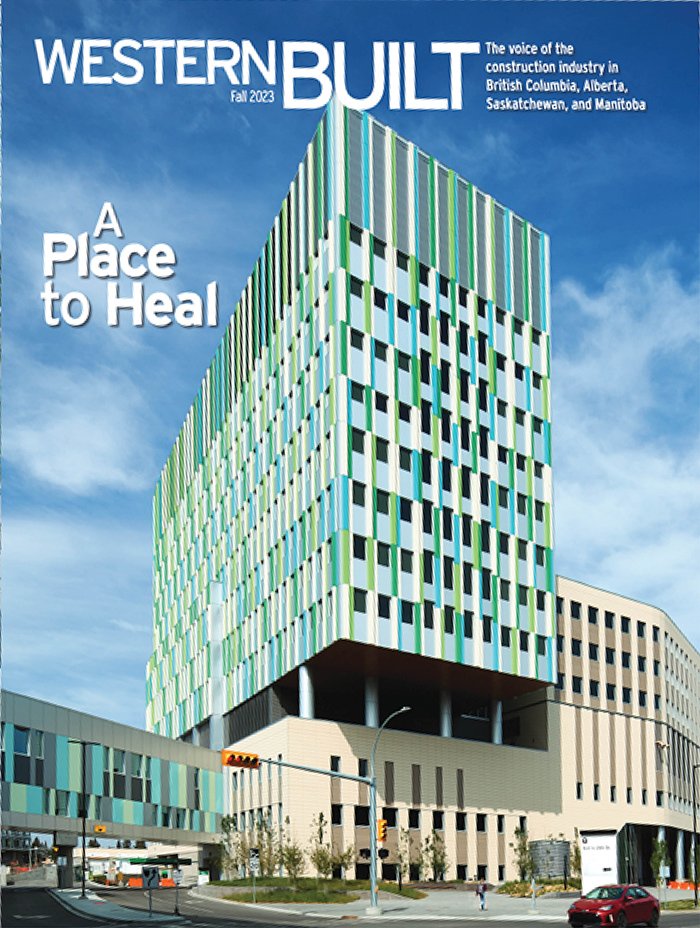Applying a System Thinking Approach to Overheating

Western Built | Fall 2023
Veronica Ochoa, BArch, MSc, LEED® AP BD+C, WELL AP, MASHRAE | Building Performance Project Designer
“Hot! Be careful!” “Caution: Contents very hot.” We are used to these warnings on our coffee cups, but should buildings/apartments that overheat have them? Some provinces require disclosure of flooding1 when buying/selling. In the U.S., insurance companies are leaving stated where assets are too expensive to insure due to floods and wildfires.2 Will buildings that are too expensive (or impossible!) to cool be next? Will informed consumers/investors pass opportunities in hot buildings in favor of cooler places? Let’s explore what stakeholders can do to reduce the likelihood of having a pool of stranded assets in their portfolio.
In the coming decade, car manufacturers in Canada will be subject to penalties for not producing and selling the right quota of electric vehicles (EV), contributing to a rapid rise in EV ownership. Given electric-powered vehicles are heavier than their gas-fuelled counterparts, there’s a good chance Building Code requirements will be changing in the near-term to address design loads for parkades, particularly as more electric pick-up trucks and SUVs begin flooding the market.
Overheating is the “cumulative effect on the thermal comfort (or heat stress) and health of building occupants directly exposed to continuous daily indoor heat events (Laouadi et al. 2021 in EGBC, 2022).” Overheating impacts occupants’ health and wellbeing, from productivity loss to heat-derived deaths, from a portfolio/investments point of view, it may increase the buildings’ likelihood of becoming a stranded asset due to hazardous conditions arising during extreme heating events resulting in a need for cooling. Online property search engines readily filter for properties with air conditioning, highlighting this advantage.
To mitigate overheating impacts, the British Columbia Building Code (BCBC) Energy Step Code (ESC) requires compliance with the City of Vancouver (CoV) Energy Modelling Guidelines (EMG) for buildings with passively cooled occupied spaces. This follows ASHRAE 55’s Adaptive Model of Thermal Comfort, whereby interior dry bulb temperatures of occupied spaces must not exceed the 80 per cent acceptability limits for naturally conditioned spaces for more than 200 hours per year for any occupied zone. For vulnerable occupants (ie, senior or supportive housing, etc.), this limit is 20 hours. The thermal comfort study considers solar heat gains after accounting for the solar control strategies present, like overhangs, blinds, and the glazing’s properties.3
Compliance with this criteria does not guarantee thermal comfort nor safety.